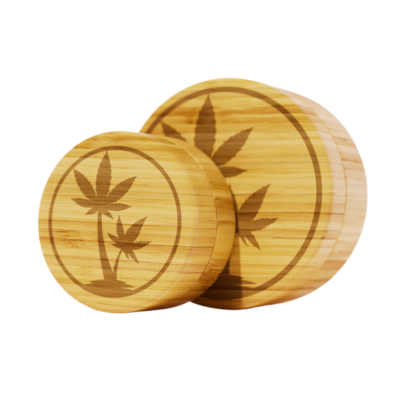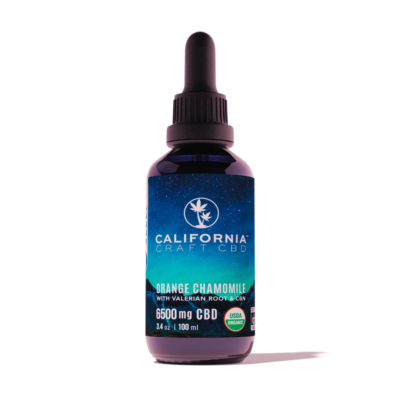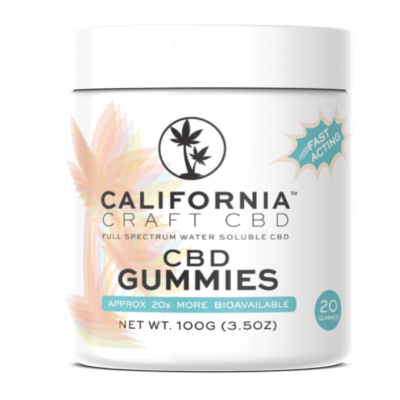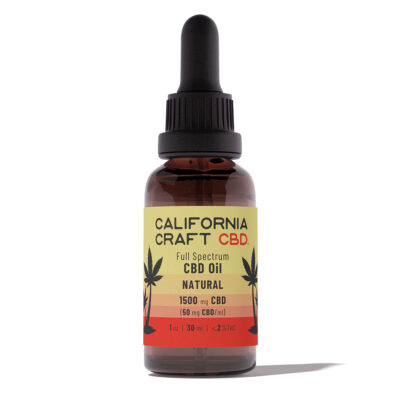Much of the recent conversations surrounding hemp have mainly focused on the growing popularity of CBD. According to The Hemp Business Journal, 41% of CBD users surveyed stated that they bought CBD for the first time within the last 6 months. CBD tinctures remain the top choice in terms of products, and more user groups beyond Millennials are becoming regular users of CBD as well. People are also becoming aware of CBG tinctures as well as CBC and CBN products. But what about hemp beyond CBD and the other cannabinoids?
Hemp in History
Throughout history, hemp has been used for rope, sails, fabric and even as a roofing material. Its seeds and leaves were commonly used as a food source and the extracts from the flowers were used as herbal/medicinal remedies.
Even into the early 20th century, hemp was utilized broadly and globally for fibers and composite materials. As late as 1941, Henry Ford built a car that was composed of plant cellulose plastic (10% of which was derived from Hemp) and ran on hemp-ethanol biofuel. So what happened?
The Beginning of the End
On August 3, 1937, Congress enacted the Marijuana Tax Act, which taxed the sale of any and all marijuana-derived products and potentially marijuana-related activities. In 1969 Congress repealed the act and replaced it a year later with the 1970 Controlled Substances Act. In this Act, cannabis was classified as a Schedule I narcotic with the likes of morphine and cocaine.
There are multiple reasons why lawmakers lumped hemp together with marijuana in terms of prohibition. Many think that hemp-derived products presented a direct threat to the paper and plastics industries and that the leaders of these industries wanted to get rid of the competition before it started. Whatever the reason, Congress outlawed hemp, and its cultivation became problematic at best.
Hemp Reboot
In the 1990s, there was a sustained resurgence in allowing the cultivation of commercial hemp. States that had conducted market and economic studies began to change legislation to facilitate state level production as they saw its cultivation as being a lucrative economic tool to boost local development.
In the 25-some odd years since the resurgence of industrial hemp, we can see that hemp is a growing industry that has many supporters and plenty of room to grow. Globally, more than 30 countries currently grow hemp as an agricultural commodity to be sold on the global market.
While the majority of consumer demand for hemp revolves around food products (19%), personal care (24%), and CBD products (19%), other areas such as consumer textiles (14%), industrial applications (18%) and other consumer products account for the remaining market value of the $688 million USD that the US hemp industry produces per year.
The Future of Hemp is Green
Clearly, hemp has a great deal to offer in terms of full-plant usability and the development of eco-friendly end products such as plastic, paper and textile. Governments at both the local and the federal level are starting to realize the economic potential of the hemp industry beyond CBD oil. The true potential for Hemp goes beyond the economic into the area of global sustainable development and reduction of carbon emissions.
Join us next week as we look at Hemp’s value as a cornerstone for a greener, more sustainable future. Until then, keep on rocking this summer like you own it!




